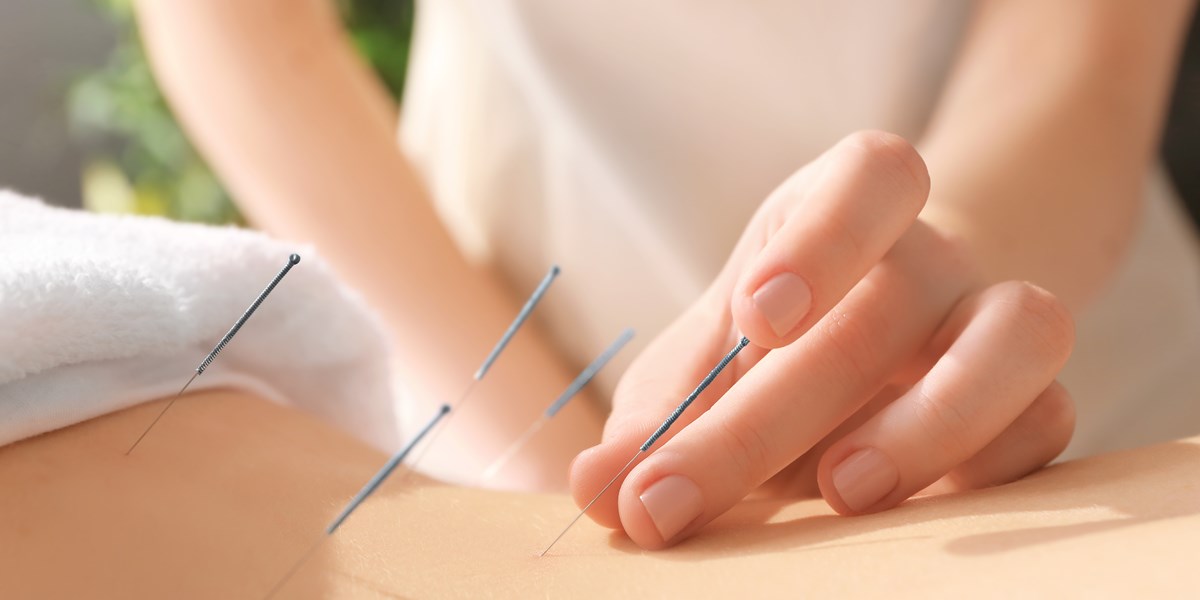The Potential Benefits of Fertility Acupuncture

David Kreiner, MD
A study published in May 2018 in JAMA and led by Professor Caroline Smith from Western Sydney University, Australia, compared the birth rate in women who received traditional acupuncture during their course of in-vitro fertilization (“IVF”) to those who received a sham acupuncture treatment. The clinical trial followed over 800 women from 17 fertility centers across Australia and New Zealand as they had IVF treatment. The women were split into two groups, those receiving traditional Chinese acupuncture, and those receiving a sham treatment, where a non-invasive needle was placed on the skin away from known acupuncture points.
They received one session of acupuncture during the period of follicle stimulation, prior to retrieval, and two sessions on the day of the embryo transfer: before and after the transfer took place.
The study found a small difference in the number of live births between the groups, with 74 of 405 (18.5 percent) women receiving acupuncture going on to have a baby compared to 72 of 404 (17.8 percent) women receiving the sham treatment.
Acupuncture has been a popular choice for treatment of fertility for many women either as an adjunct to Western assisted reproduction or alone. In the Australian study at 17 different centers patients underwent acupuncture treatment three times, two of which were on the day of transfer. We do not know how much patients needed to travel to their acupuncturist nor how much they needed to rush back and forth from acupuncturist to IVF center and back to acupuncturist office. “Sham” acupuncture may be questioned as a valid control since the meridian pathways of Qi run throughout the body and though the acupuncturist may think they are choosing a point not associated with traditional acupuncture, it does not mean the “sham” point is totally ineffective.
Previous studies have shown that acupuncture limited to only the day of embryo transfer does not increase pregnancy rates unless performed on the site of the embryo transfer. It is thought that the stress of rushing to and fro from acupuncture site to IVF site and back is counterproductive. Although one treatment during stimulation may have some benefit, studies showing treatments, especially twice a week prior to IVF give significantly higher pregnancy rates.
In study performed by Reproductive Medical Associates as reported in Fertility and Sterility September 2008 with follow up studies bearing the same findings, a significant increase in pregnancy rates was seen in blinded Randomized Control Trials of laser acupuncture on the day of embryo transfer.
It is important to note that in the laser acupuncture study, the Sham group provided a uniquely important control group. The laser acupuncture device was randomly preprogrammed per case to either fire (and provide laser Acupuncture) or to not fire and thus provide a true double-blind control group (laser sham). It was not possible for the patient or acupuncturist to know if the laser fired. No contact occurs with the patient in laser acupuncture so there is no acupressure effect or contact with meridians.
No differences in terms of patient demographics, cycle type, stimulation outcomes, embryo number and quality, day of embryo transfer, transferring physician, or acupuncturist were found between the study groups. This is significant as there is no like comparison in the Australian review. Implantation rates were significantly improved with laser acupuncture. Sub analyses of patient age and embryo transfer day produced similar findings with laser acupuncture enhancing outcome rates.
My recommendation to my patient remains that most benefit may be achieved by a patient undergoing acupuncture by a trained reproductive acupuncturist two times a week for at least six weeks prior to IVF and pre- and post-embryo transfer on site.
